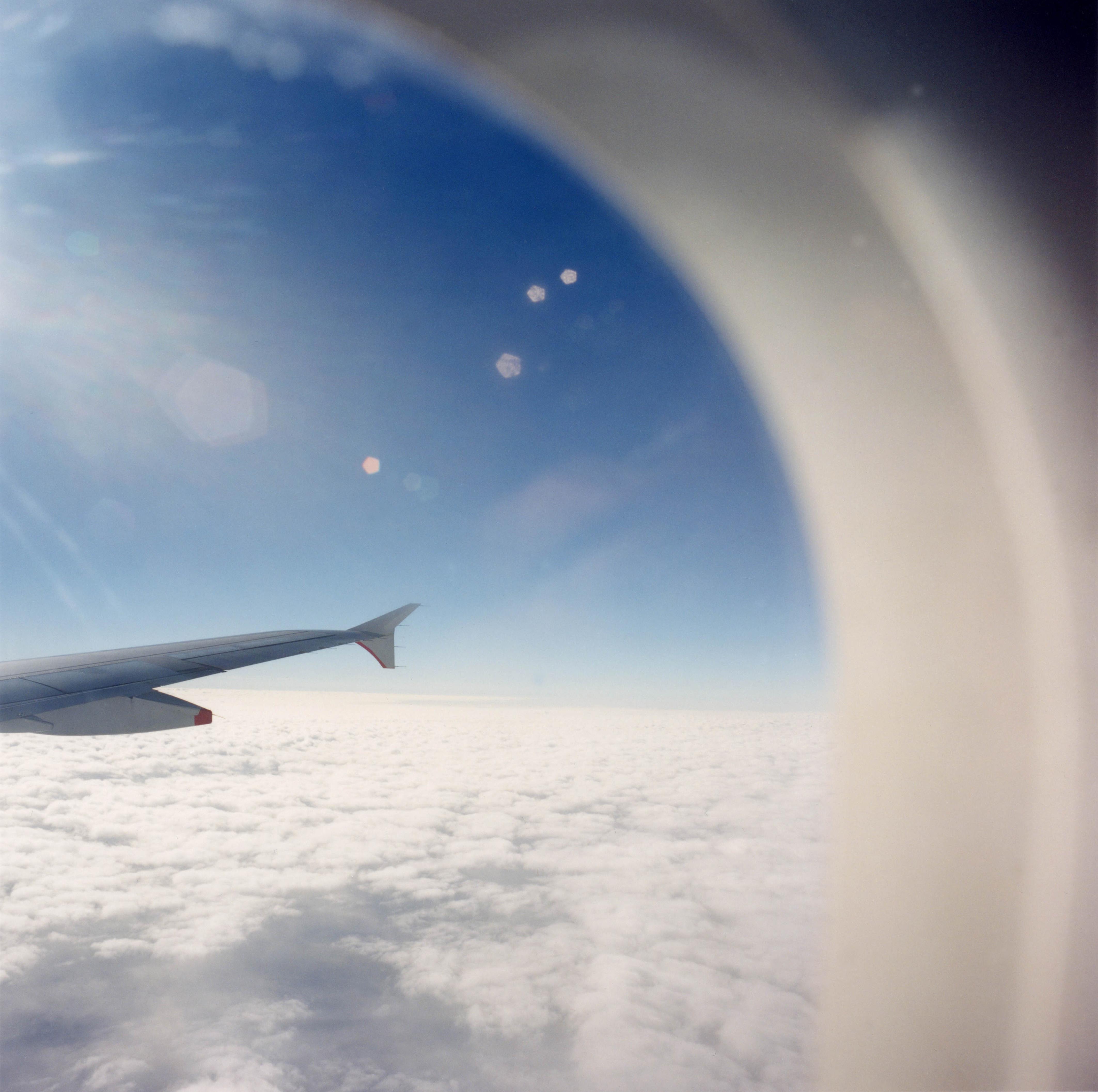
Credit: In Pictures Ltd./Corbis/Getty Images
The EU law-making process is approaching a key step for an acceleration of the Single European Sky initiative—a joint effort to harmonize Europe’s airspace—and IATA is losing patience. The lobbying group is pressing the European Council—which represents member states—to support the European...
Subscription Required
This content requires a subscription to one of the Aviation Week Intelligence Network (AWIN) bundles.
Schedule a demo today to find out how you can access this content and similar content related to your area of the global aviation industry.
Already an AWIN subscriber? Login
Did you know? Aviation Week has won top honors multiple times in the Jesse H. Neal National Business Journalism Awards, the business-to-business media equivalent of the Pulitzer Prizes.





